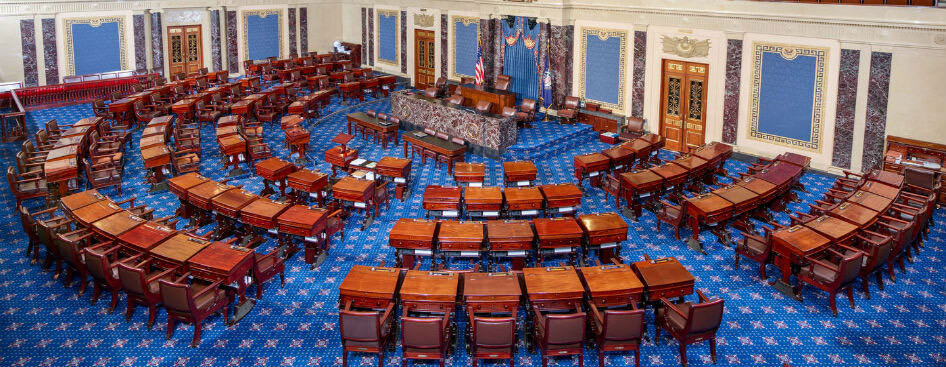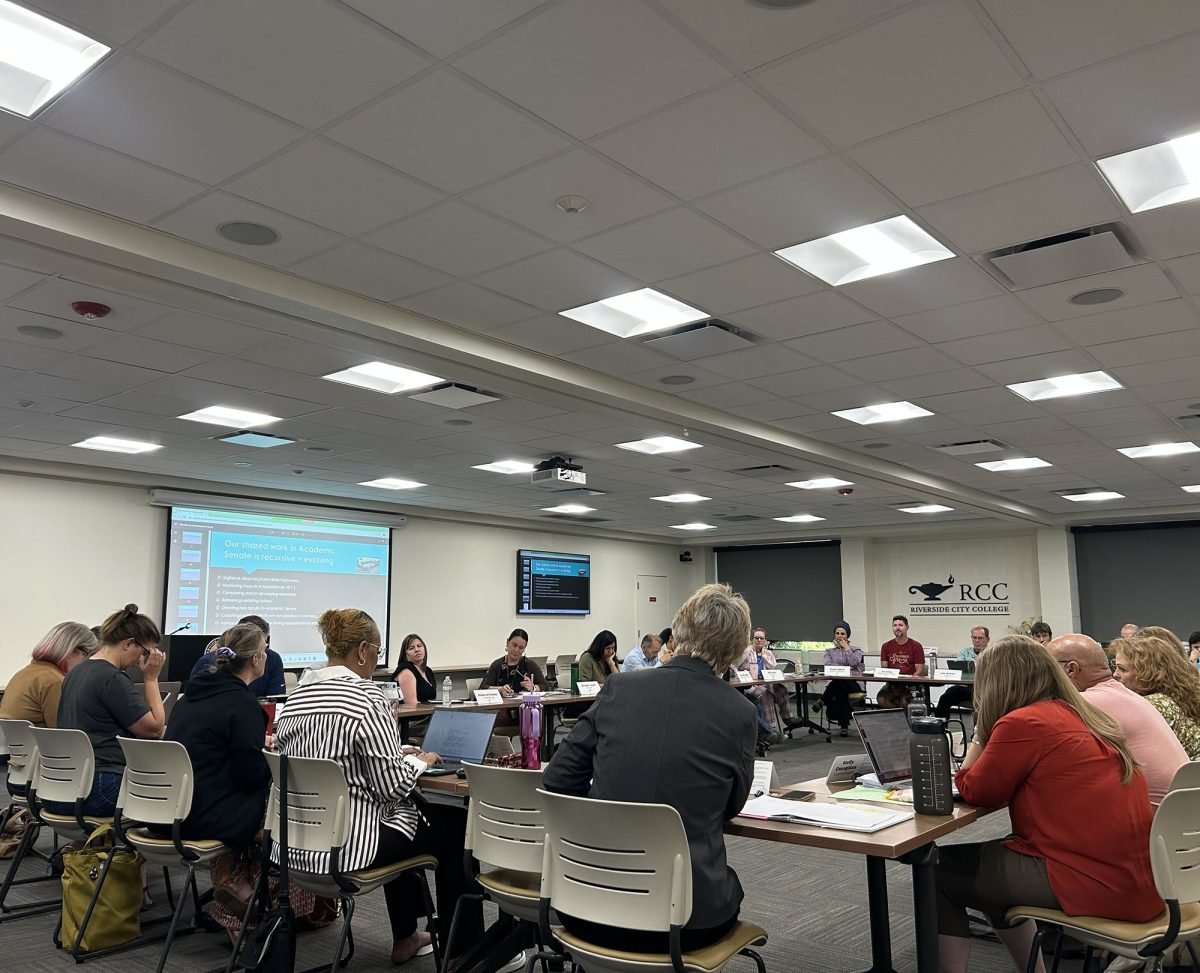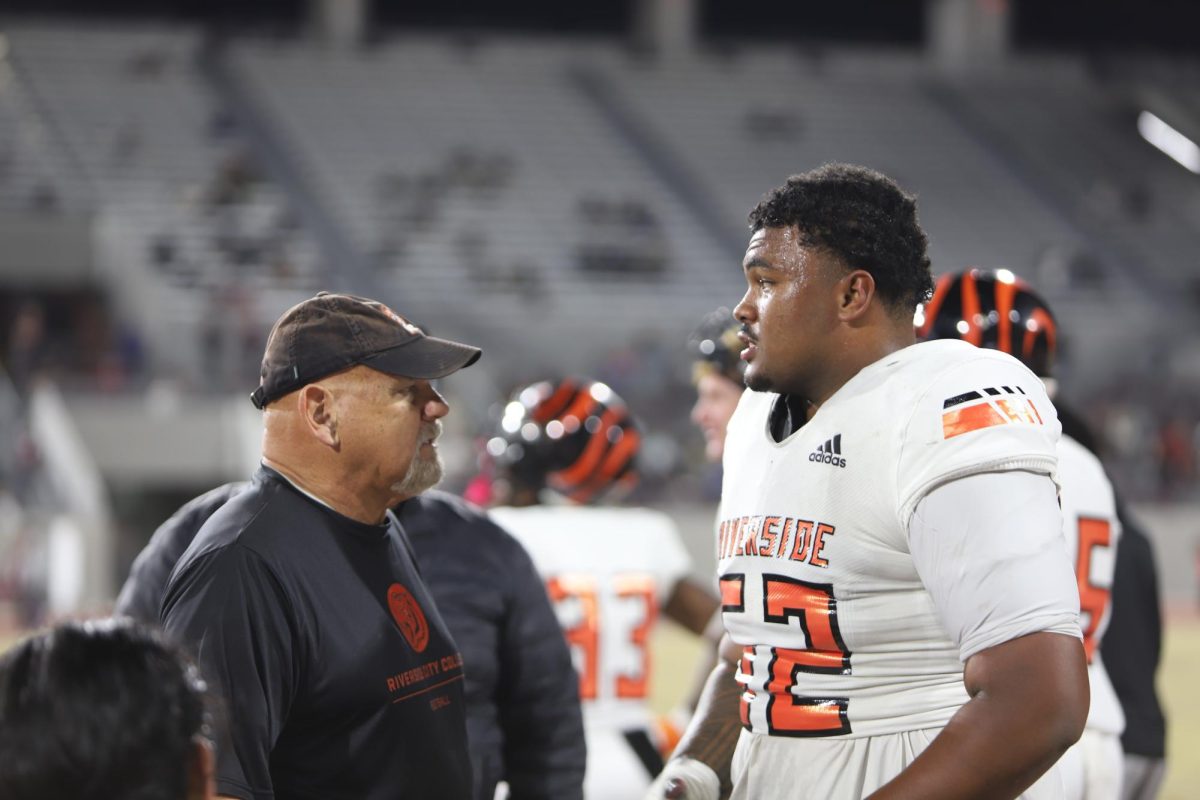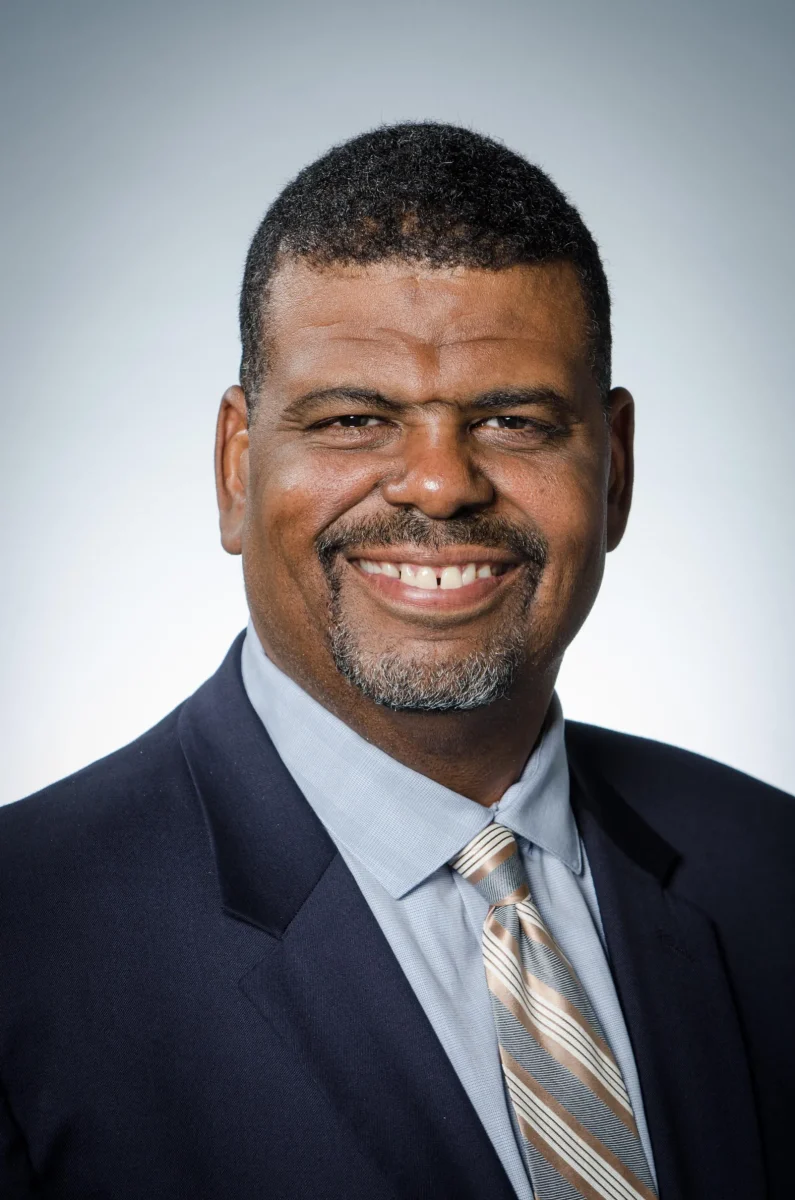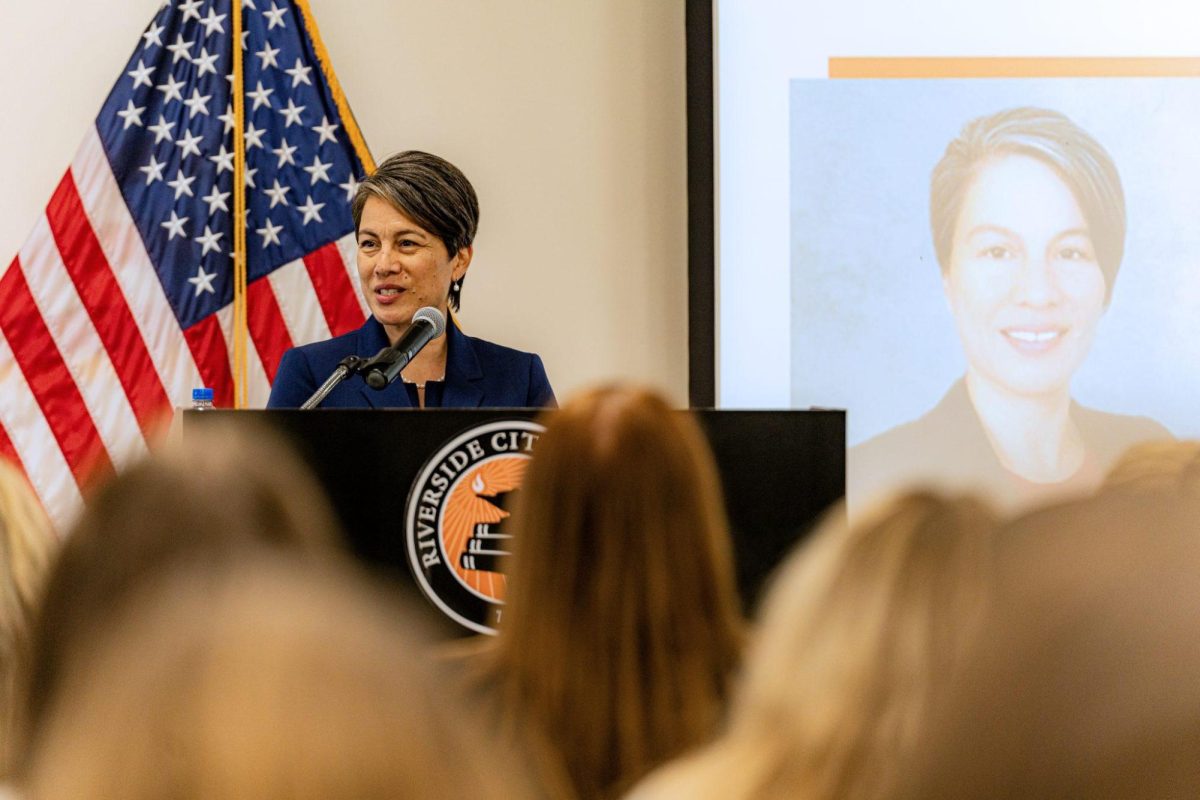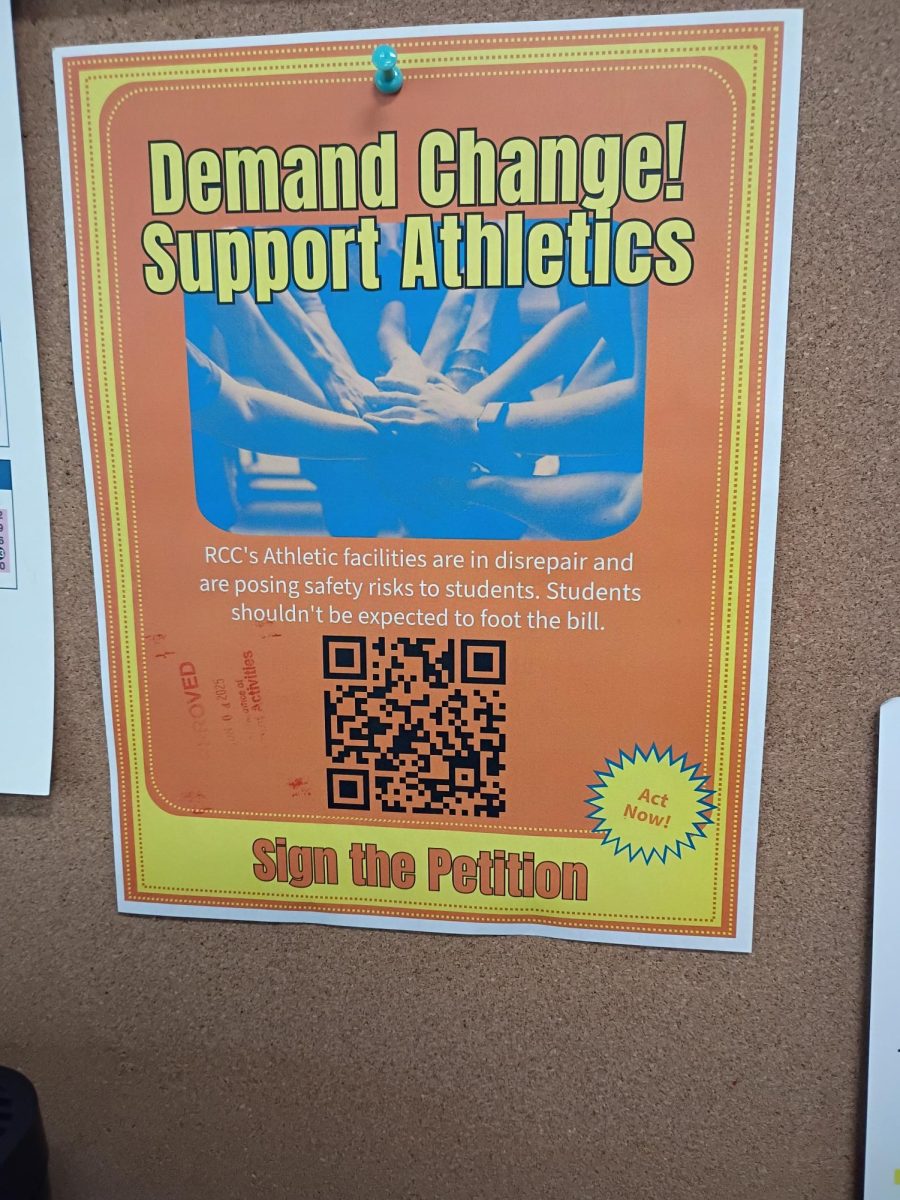By Dylan Slusser
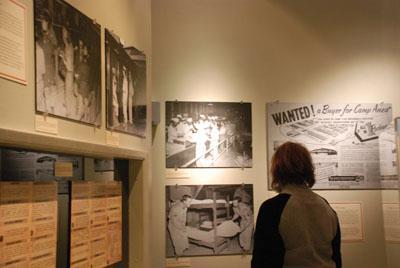
Observing (Roxann Raphael)
By Dylan Slusser
“Be sure of your target before you shoot. Ineffective firing will reveal your position and draw enemy fire. Do not fire too long from the same position. Move frequently so the enemy will not be able to attain accurate aim.”
Not too often do we see such words in a cartoon designed to save American soldiers’ lives, but at the Camp Anza exhibit showcased at the Riverside Metropolitan Museum, the cartoon with this script is just one of many relics saluting the sacrifices of American heroes from World War II that hail from right here in Riverside.
What is known as the Arlanza District in Riverside, once served as a World War II staging area from 1942 to 1946.
The last 10 days spent on American soil preparing for war was done so by hundreds of thousands of our soldiers right here in Riverside at a place that was then called Camp Anza.
The main port utilized in California was San Francisco, but after a short while, the sheer volume of men and weapons being sent over the Pacific Ocean necessitated the using of a second large port, the Port of Los Angeles.
Camp Anza was a primary location for training our soldiers before embarking on a mission that they may never have returned from.
Soldiers were encouraged to draft their wills and make financial arrangements before fighting for our country due to the significant chance that they may never celebrate a homecoming with their comrades, see another sunset as dusk crept over an American hillside, or taste the warmth of their spouses’ lips pressed against their own.
At Camp Anza soldiers were briefed on local customs and culture of the countries they were deployed to, and were issued uniforms appropriate to the climate of their destinations.
Final equipment checks and some final preparation training were commonplace at Camp Anza.
The army allowed soldiers to trade their weapons or any other military issued articles amongst one another with no questions asked, this was done so that every soldier could feel confident in the equipment they depended on in battle.
The largest gas mask training room in all of the United States was housed at Camp Anza, and every soldier through its doors was trained in quick and effective usage of their gas masks in case of chemical attack.
In 1942, thousands of Camp Anza soldiers not only trained and welcomed home the best soldiers in the world, but also received entertainment from some of the world’s best entertainers.
Bob Hope’s popular radio show was broadcast nationally from Camp Anza’s Theatre One on the show’s fourth anniversary.
Other famous entertainers that performed at Camp Anza include, but certainly are not limited to Harpo Marx, Desi Arnez, Lucille Ball and Shirley Temple.
Bob Hope’s very first show for the troops happened at nearby March Field.
The Camp Anza marching band greeted soldiers arriving and departing. They also played concerts for the public at Fairmount Park and Arlington Park.
After the war, the Camp Anza band was bestowed the honor of marching in the victory parade in Los Angeles.
After World War II, Camp Anza, no longer needed as a military stronghold, was put up for sale.
Anza Realty was an eager taker for the land that boasted pre-existing power and sewage lines. Parts of the land were sold to Burpee Seed Company and Rohr Aircraft Corporation to pay for developing of other parts of the Camp property.
The Riverside School District purchased 10 hospital buildings and moved them to various schools to be utilized as classrooms.
Barracks were sliced into halves and were sold as single-family homes.
The area south of Philbin Avenue and north of Arlington Avenue were developed with the freshly constructed single family houses.
Schools were built to satisfy the needs of the burgeoning community, then called Anza Village, but now called the Arlanza District.
In addition to the Camp Anza exhibit’s salute to American fighting forces the Riverside Metropolitan Museum showcases a variety of other exhibits.
This museum is home to over 7,000 Native-American baskets and is considered to be a leading authority in Native-American basketry and culture.
According to the museum’s director, Ennette Morton, an exhibit is scheduled to be launched from Riverside Metropolitan Museum on Apr. 9 and will be the first to ever release a photo collection of John F. Kennedy and family taken by Richard Avedon.
This exhibit will not just be a stop on these pictures’ first tour, but will be the actual unveiling.
The Riverside Metropolitan Museum is rich in nature, culture and history and the price for admission cannot be beat – free.
The Camp Anza exhibit is in town until Jan. 31, at the Riverside Metropolitan Museum located at 3580 Mission Inn Avenue in Riverside.
The museum can be contacted at (951) 826-5273 or http://www.riversideca.gov/museum for further information concerning Camp Anza or other exhibits.

